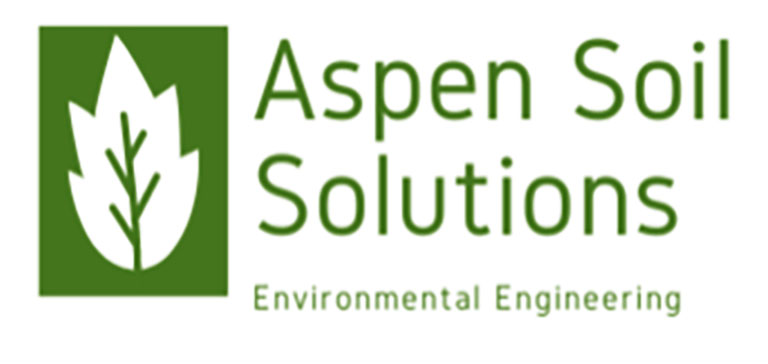Project Impacts
Economic
Remediation at the site would be beneficial to the local economy of Sahuarita. The values of adjacent private lands may rise due to increased aesthetics and protection of local native species and habitats. Additionally, the site could be developed for recreational purposes such as hiking and biking to increase eco-tourism. Similarly, the site could also be established as a historical mining attraction. A No Action alternative at the site would result in further contamination migration, which could prompt occupants living adjacent to the site to sue the BLM if contamination is found migrating onto their land. The site may also be associated with increased medical expenses if adverse health effects are developed due to exposures at the site.
Societal
If remedial efforts occur as a result of this PA/SI, the site could eventually be developed for residential, recreational, or commercial purposes. Such development would facilitate modernization and increase opportunities for social interaction, recreation, shopping, and employment in the area. However, it is most likely that site would be developed for recreational uses such as ATV riding or biking/hiking trails. Remediating the site would also make the area more aesthetically pleasing and enhance the sense of community pride for those living close by. Remediation would reduce, or even eliminate, risks associated with the site, thus improving public health and well-being amongst visitors and nearby residents. A No Action alternative at the site would allow offsite contaminant migration to continue. If the site is identified as a source of contamination for neighboring private lands, the owners may decide to pursue legal action against the BLM. Furthermore, the site will continue to put the local community at risk of developing adverse health effects due to exposure to COCs.
Environmental
The findings from this PA/SI may inform the BLM to consider remediation efforts at the site. Remediation would greatly increase the soil quality at the site, reducing erosion and allowing native vegetation to grow back in the area. Local wildlife would also benefit from remediation, especially any endangered species in the area. As shown in the ecological risk assessment, almost all ecological COCs exceed the standard for plants, soil invertebrates, and avian and mammalian wildlife. Although air and water testing were not within the scope of this PA/SI, there is a possibility of wind transport and heavy metal surface water contamination. If remediation were to occur, the air and surface water quality would possibly improve as well. A No Action alternative at the site would likely result in continued stunted vegetation and contaminant migration will continue. This could eventually contribute to further stresses on threatened and endangered species at the site, and continued soil erosion in the area.
